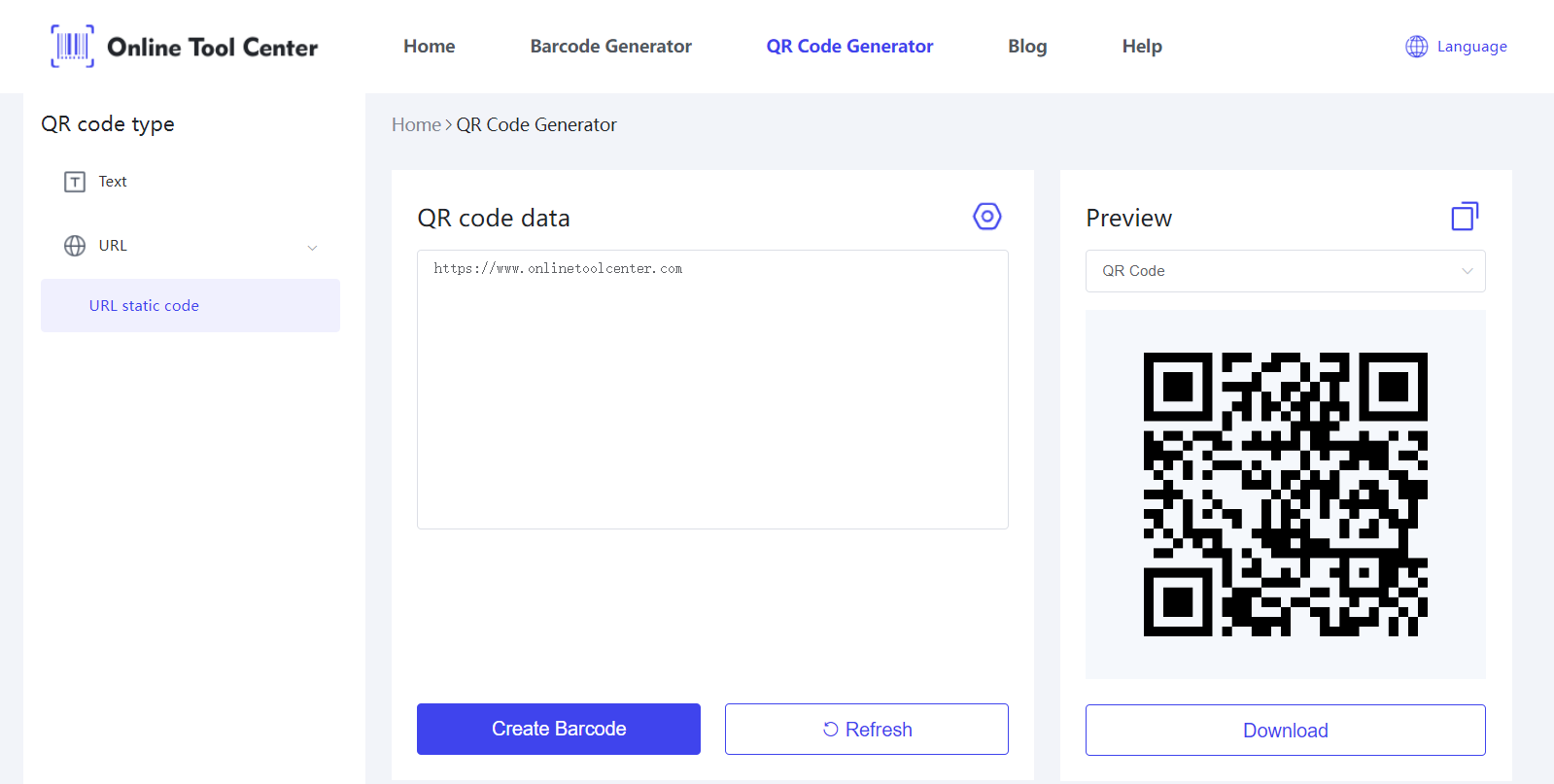QR codes have become an essential tool in various sectors, including non-profit organizations. They offer a unique way to connect digital information to the physical world, using a simple scan with a smartphone. In non-profit settings, QR codes serve as bridges, linking supporters and the public to digital resources, donation pages, and more, effortlessly and instantly.
Benefits of Using QR Codes in Non-Profits
1. Cost-Effective Communication
QR codes are inexpensive to create and can be printed on various materials, making them an ideal choice for non-profits operating on limited budgets. They eliminate the need for costly printing and distribution of updated materials, as the linked content can be changed without needing to reprint the codes.
2. Enhanced Engagement
By providing a quick and interactive way to access content, QR codes boost engagement. Users are more likely to explore additional information, participate in events, or donate when the process is simplified through a quick scan.
3. Real-Time Updates and Information
QR codes link to digital content that can be updated in real time. This is particularly useful for event scheduling, urgent updates, or new fundraising campaigns, ensuring that all stakeholders have access to the most current information.
The Diverse Use of QR Codes in Non-Profit Organizations
1. QR Codes in Fundraising Strategies
● Enhancing Donation Processes
Integrating QR codes into promotional materials can significantly increase donations. For example, placing QR codes on flyers, posters, and email signatures can direct potential donors straight to a donation page, simplifying the donation process and increasing the likelihood of contributions.
For example, a notable non-profit organization utilized QR codes during a national fundraising event by integrating them into its promotional posters and social media pages. This strategy led to a 30% increase in donations compared to previous years, demonstrating the effectiveness of QR codes in driving fundraising efforts.
● Event Management and Engagement
QR codes transform event management by simplifying ticket purchases and check-ins. By embedding a QR code on a ticket, attendees can check in with a simple scan, reducing queues and administrative hassles. Additionally, QR codes can be displayed during events to provide instant access to event programs, speaker information, and live feedback forms.
2. Marketing and Outreach with QR Codes
● Expanding Social Media Reach
Incorporating social media QR codes into marketing materials can significantly enhance online engagement. By scanning the QR code, supporters are taken directly to social media pages where they can follow, share, and interact with the non-profit's content, boosting visibility and engagement.
● Direct Mail Campaigns
QR codes for donations are particularly effective in direct mail campaigns. They can link recipients directly to online donation pages, event registration forms, or newsletters, bridging the gap between physical mail and digital platforms.
3. Operational Efficiency through QR Codes
● Volunteer Management
QR codes streamline the process of volunteer registration and tracking. Organizations can use QR codes for sign-in purposes at events or for tracking volunteer hours, making administrative tasks more efficient.
● Feedback and Surveys
Collecting feedback is crucial for non-profits to improve their services. QR codes can link to survey forms that volunteers and beneficiaries can fill out on their mobile devices, providing real-time, valuable feedback to the organization.
How to Create a QR Code for Donations?
When selecting a QR code generator, non-profits should consider factors such as cost, ease of use, customization options, and the availability of analytical features. Our free online QR code generator offers comprehensive solutions that cater specifically to the needs of non-profit organizations.

This platform allows you to enter the URL of your donation page directly into the generator. Once you input the URL, choose the design features that align with your organization's branding, such as colors, logo integration, and frame design. After customizing the design, generate the QR code.
Once your QR code is created and tested, it's time to deploy it effectively. Include the QR code in all relevant fundraising materials such as flyers, posters, event invitations, and even digital platforms like emails and social media posts.
The key is to place it where potential donors are most likely to see it and feel compelled to act. Accompany the QR code with a clear call-to-action, like "Scan to Donate Now," to guide potential donors on what they should do and why it’s important.
Conclusion
By incorporating QR codes into their strategies, non-profits can significantly broaden their reach and streamline various processes, from fundraising and event management to volunteer coordination and feedback collection.
Are you ready to transform your non-profit’s outreach and operational efficiency? Start using a QR code generator today to tap into a world of possibilities.
FAQs
1. Can QR codes be used to track the impact of a non-profit campaign?
Yes, QR codes can track engagement and interactions, providing insights into the reach and impact of campaigns. This data is invaluable for assessing effectiveness and making informed strategic decisions.
2. Can QR codes for donations be customized?
Absolutely! Customization is one of the strengths of using QR codes. You can customize your QR codes to include your non-profit organization's logo, colors, and other branding elements. This not only makes your QR code more attractive but also helps maintain brand consistency across your materials.




